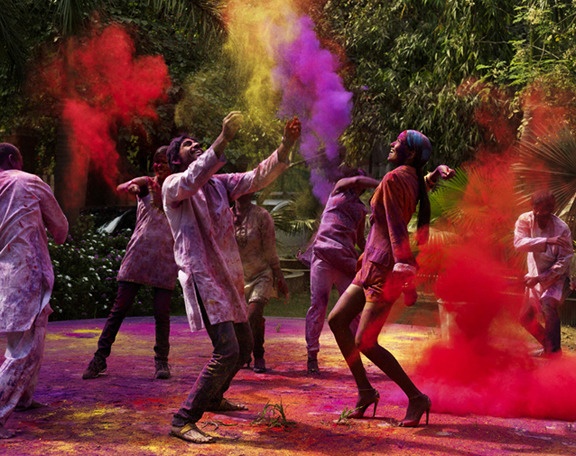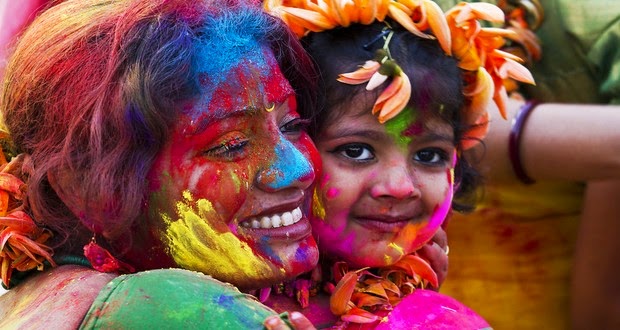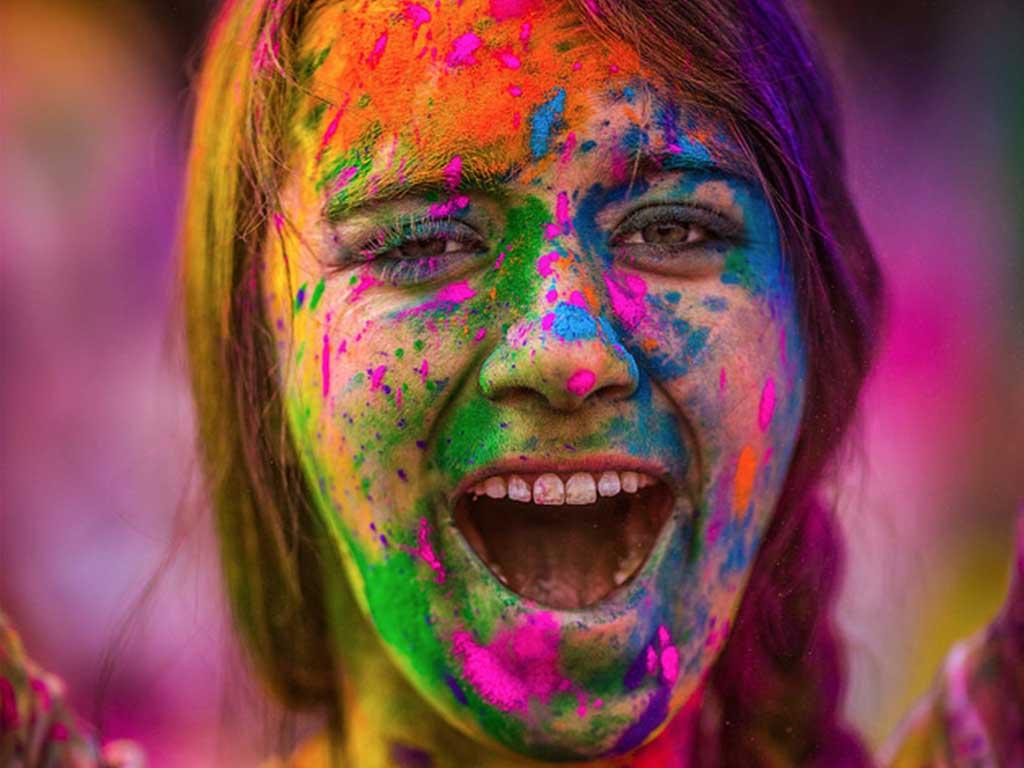
Holi: When is Holi? All you have to think about celebration of hues
Holi: When is Holi? All you have to think about celebration of hues
Holi celebration demonstrates the triumph of good over underhandedness, it denotes the onset of spring and the takeoff of winters and is additionally celebrated as a much appreciated giving for good gather.
Holi, the celebration of hues, is commended with life and joy by Indians over the world consistently. As per the Bikram Sambat Hindu date-book, the celebration is commended upon the arrival of Purnima, the full moon, in the time of Falgun for two back to back days — the primary day known as Chhoti Holi or Holika Dahan and also the second as Rangwali Holi, Dhuleti, Dhulandi or Dhulivandan.

Notwithstanding the fun and skip that is a piece of the festivals, Holi has a great deal of noteworthiness. It shows the triumph of good over underhandedness, it denotes the onset of spring and the takeoff of winters and is likewise celebrated as a much appreciated giving for good gather. Individuals spread each other energetically with hues, get to know one another with relatives and friends and family and enjoy dissolve in mouth desserts amid this time.

The word Holi is gotten from “hola” the significance of which is to offer petitions to the divine beings for good collect. Holi has a considerable measure of captivating legends joined to it. It is said that Hiranyakashyap, an evil presence ruler, needed to be eternal. While he needed everyone to treat him like God, his child Prahlada was a fan of Vishnu. Unequivocally objecting, he requested that his sister Holika go into a heater with his child Prahlada on her lap. While Holika had the ability to shield herself from the fire, she needed to relinquish her life when Lord Vishnu spared Prahlada from the fire and slaughtered Hiranyakashyap. This is the reason the celebration is praised as the triumph of good over malevolence.
Hues, utilized widely amid the festivals likewise have a fascinating history to its part. It was trusted that Krishna used to praise the celebration with hues at Vrindavan and Gokul. On the main day of the festivals known as Holika Dahan puja, a campfire is lit. Individuals assemble around the fire known as Chhoti Holi and perform “ping puja” while petitioning God for the life span and thriving of their friends and family. On the second day of festivities known as Rangpanchami, individuals play with hues. Another well-known legend of Holi festivities that is amazingly prevalent in southern India is that of Lord Shiva and Kaamadeva. It is trusted Kaamadeva, the divine force of enthusiasm, got up Shiva from his profound reflection so he could spare the world.

While individuals spread each other energetically with gulaal or hues, they likewise sing and move to conventional people and exemplary Bollywood Holi melodies. With boisterous and bright cries of “Bura Na mano Holi hai” noticeable all around, individuals enjoy treats like gujiyas, malpuas, mathri, puran Poli, Dahi vada and the quintessential Holi drink called thandai. The festivals likewise incorporate individuals shaping a human pyramid and breaking a pot loaded with buttermilk hung up on an impressive stature.
Edited By articlesworldbank.com
